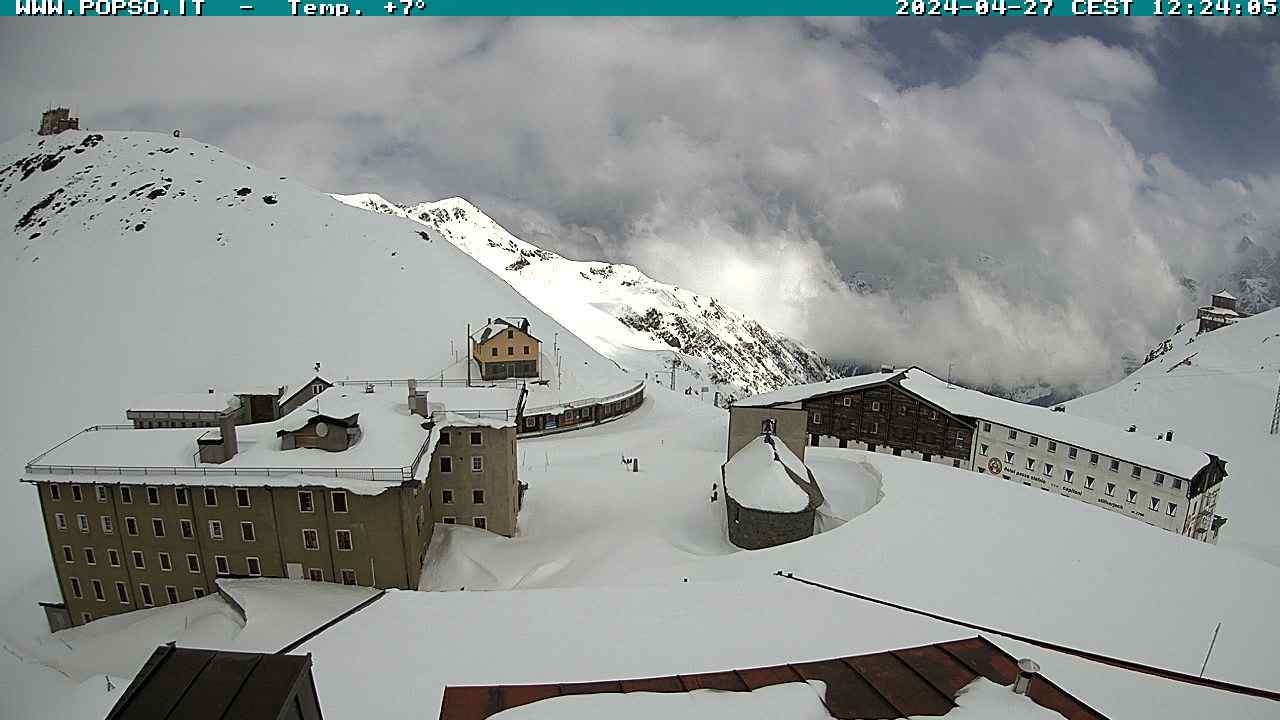Austria's Max
Bulla was the revelation of the 1931 Tour
de France, winning three stages and finishing 1st among the
Touristes-
Routiers, and 15
th overall. One of three riders in a breakaway on Stage 2,
Bulla won the sprint into
Dinan and took the Yellow Jersey by 1'47". On Stage 3 he was caught off the back with a group of unhelpful Independents, and lost 26 minutes and the Yellow Jersey.
Bulla won again on stage 12 from breakaway companion
Catalini, finishing 2'07" ahead of the next rider and over 20 minutes ahead of the yellow jersey group of Antonin
Magne.
Bulla's third win came on the
mountainous Stage 17, from Grenoble to
Aix-
les-
Bains, over the
Lautaret and
Galibier climbs.
Of the 40 Independents who started that year, only 7 made it to Paris.
Seen here on Stage 4, from Brest to
Vannes,
Bulla has flatted his rear tire just before the finish, and burst into tears.
Sympathetic spectators watch from the convertible. Note the Oscar Egg jersey, long arms on the rear brake caliper, large single-arm wing nuts on the rear wheel, and high handlebar position. What is the oval item between the seat stays, above the rear brake?
From "Match l'Intran" No.257, 11 August 1931. Click on pic for larger image.





7 comments:
Aldo,
If I am seeing those rear brake calipers correctly, they are sort of like scissors, with the long arms going to some linear pull like closing device up at the seat stay. The big "O" thing then would be a return spring to let the brakes open again when the tension is released. I would guess the "O" is stiff rubber. What do you think. What do the tops of those brakes look like? I dimly remember seeing a pair like that somewhere, but don't remember how they worked exactly. Maybe it was in the Data book or some such...
If I had this question I would ask Aldo Ross. I was hoping someone would jump in on this one. Are there also arms attaching "the device" to the seat clamp?
Tarik, I think the photo isn't clear enough, so I've posted a couple more for comparison. The calipers are almost certainly conventional side-pulls, but with a very long arm supporting the cable housing stop (and possibly and adjusting barrel?). The "O" doesn't show-up in the picture from the front, but I'll keep looking for other images.
Gunnar, I think the "arms" are the seat stays. follow the cable housing through it's tight turn near the seat clamp, and you can see where it follows the line of the seat stay. The old cable housing was not as firm as today's, and with it taped to the bike, the bends could be quite dramatic.
Could it be that the oval shape between the seatstays represents an inflator with a sort of "pistol grip?" It looks to me as if there is an air pump mounted behind and parallel to the seat tube. Instead of a clip, the pistol-grip-shaped handle of the pump serves as a wedge between the stays, anchoring the inflator at the upper end. This is just a surmisal, but I think it looks like a reasonable explanation of the detail to which you drew attention, Aldo. Thanks also for posting this wonderful photo and posing the question.
I've never seen an image of a pistol-grip pump from that era. Anyone else?
I distributed this post on the randonneur google group and it was suggested that the oval object might be some sort of tape.
BTW, I've posted two more images of Bulla's bike - and enlargement of the rear brake photo, and a picture of the front brake area.
http://aldoblog2008.blogspot.com/2009/08/two-more-views-of-bullas-1931-bike.html
Post a Comment